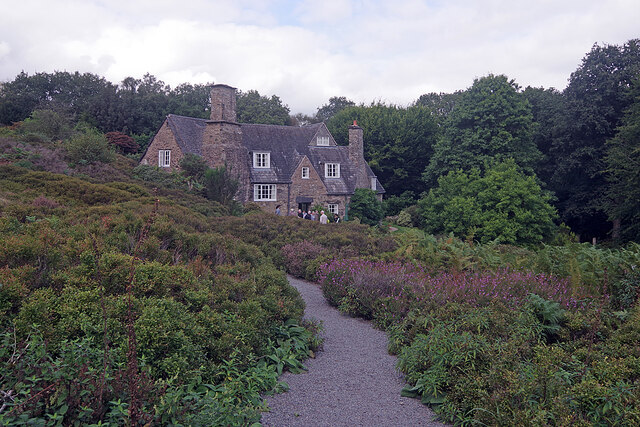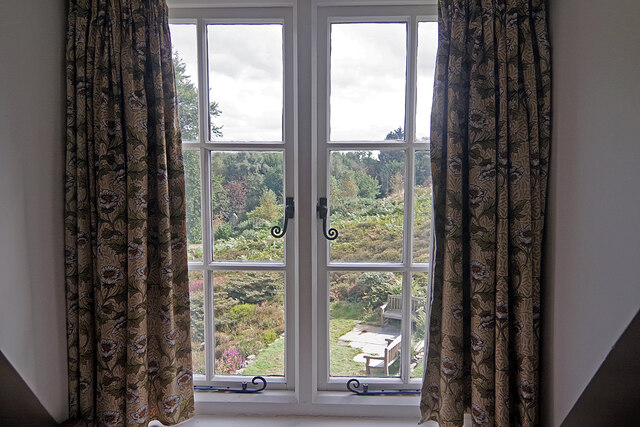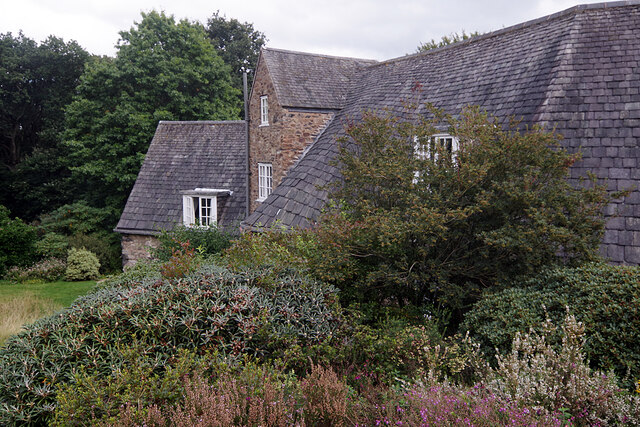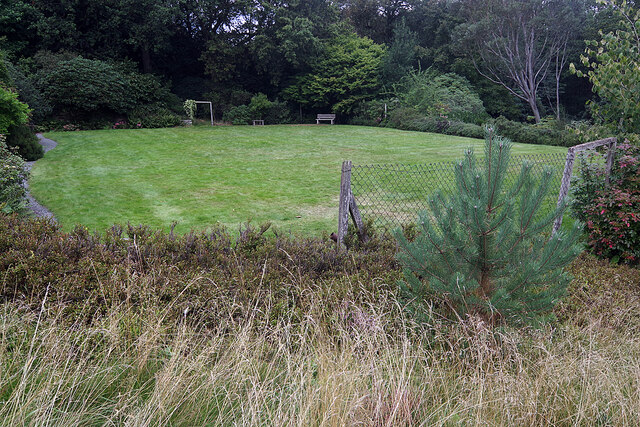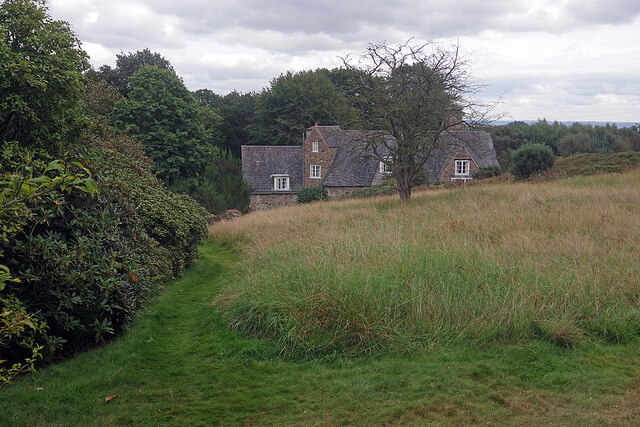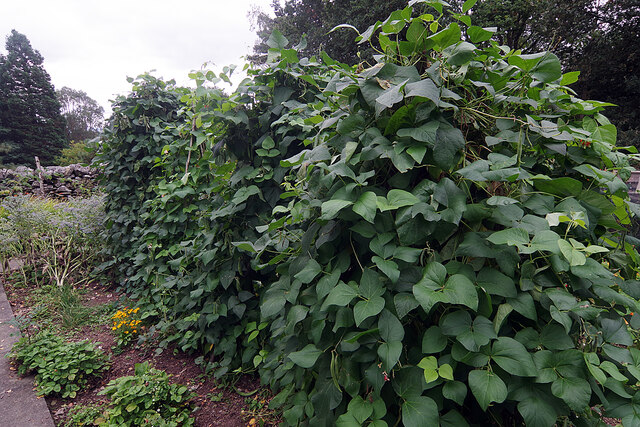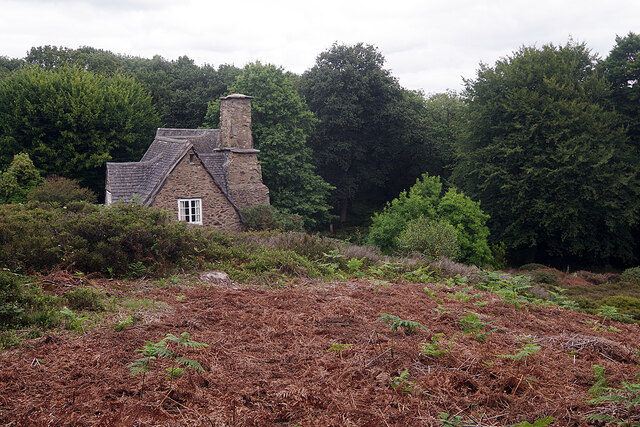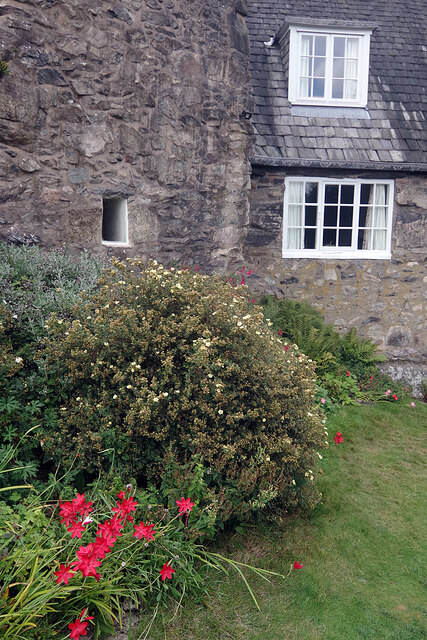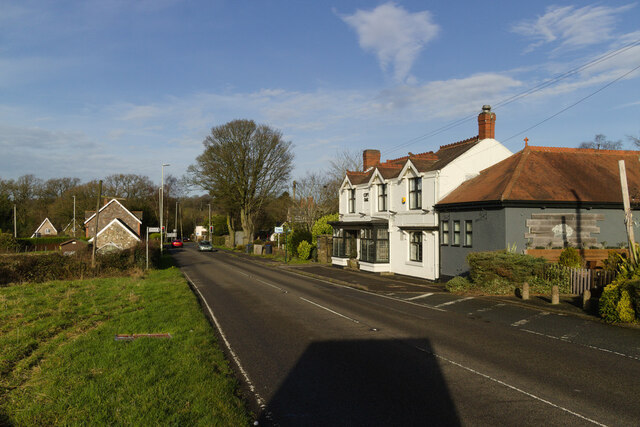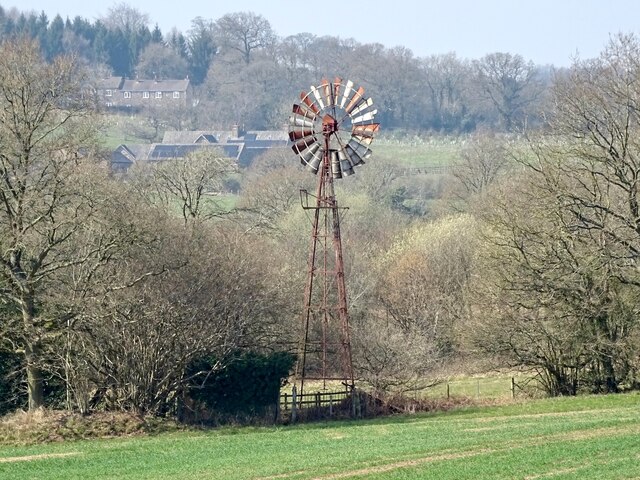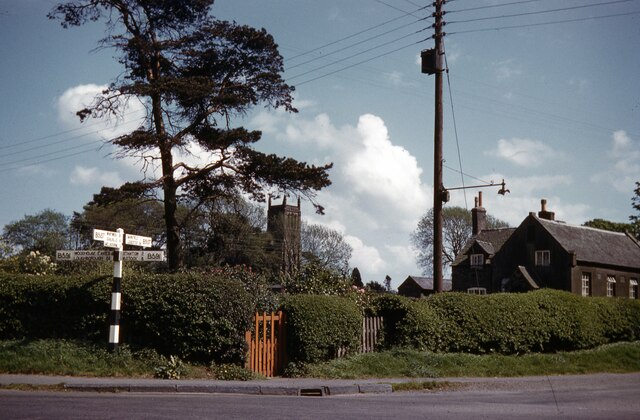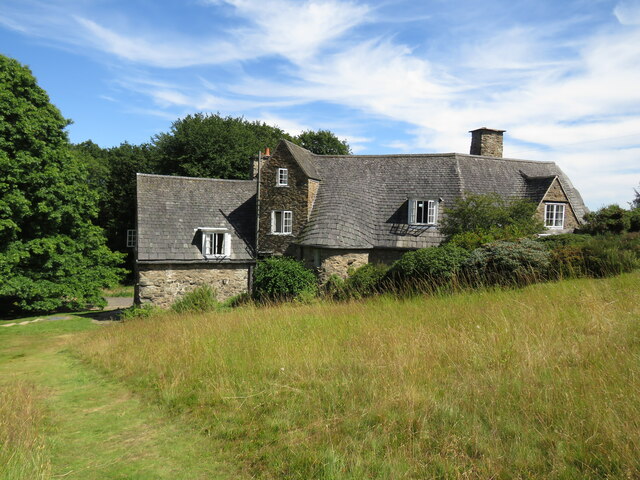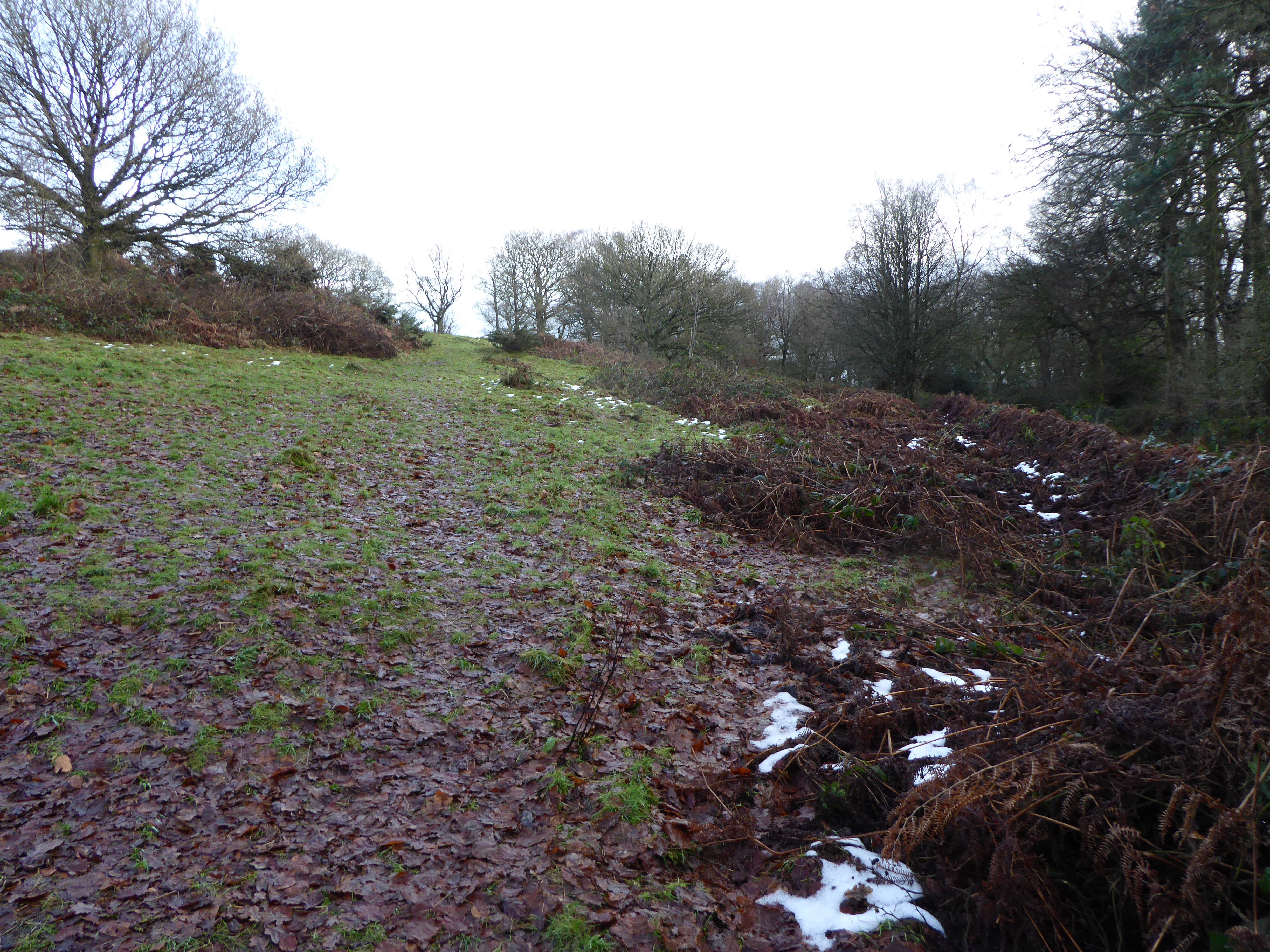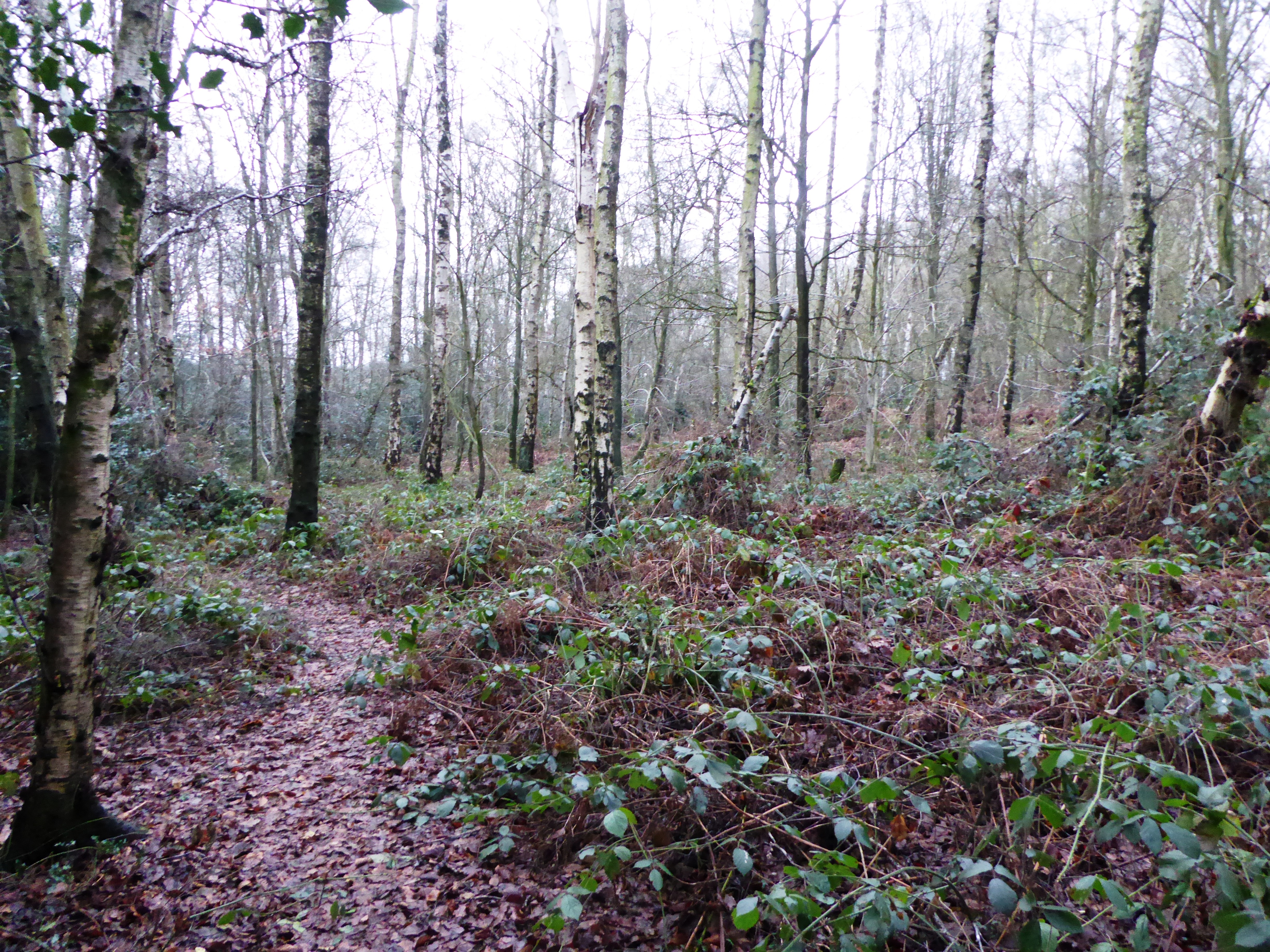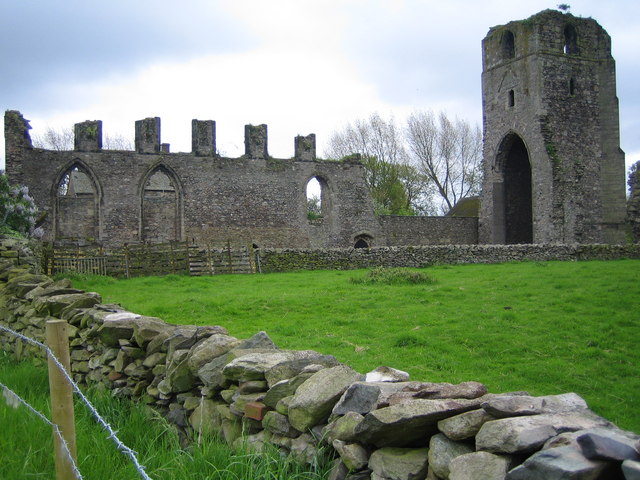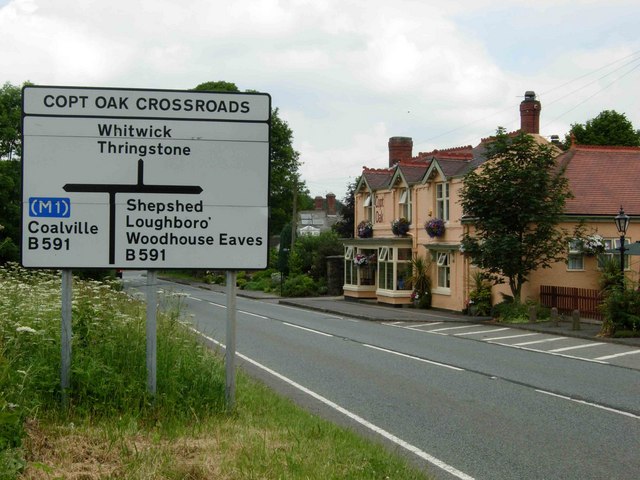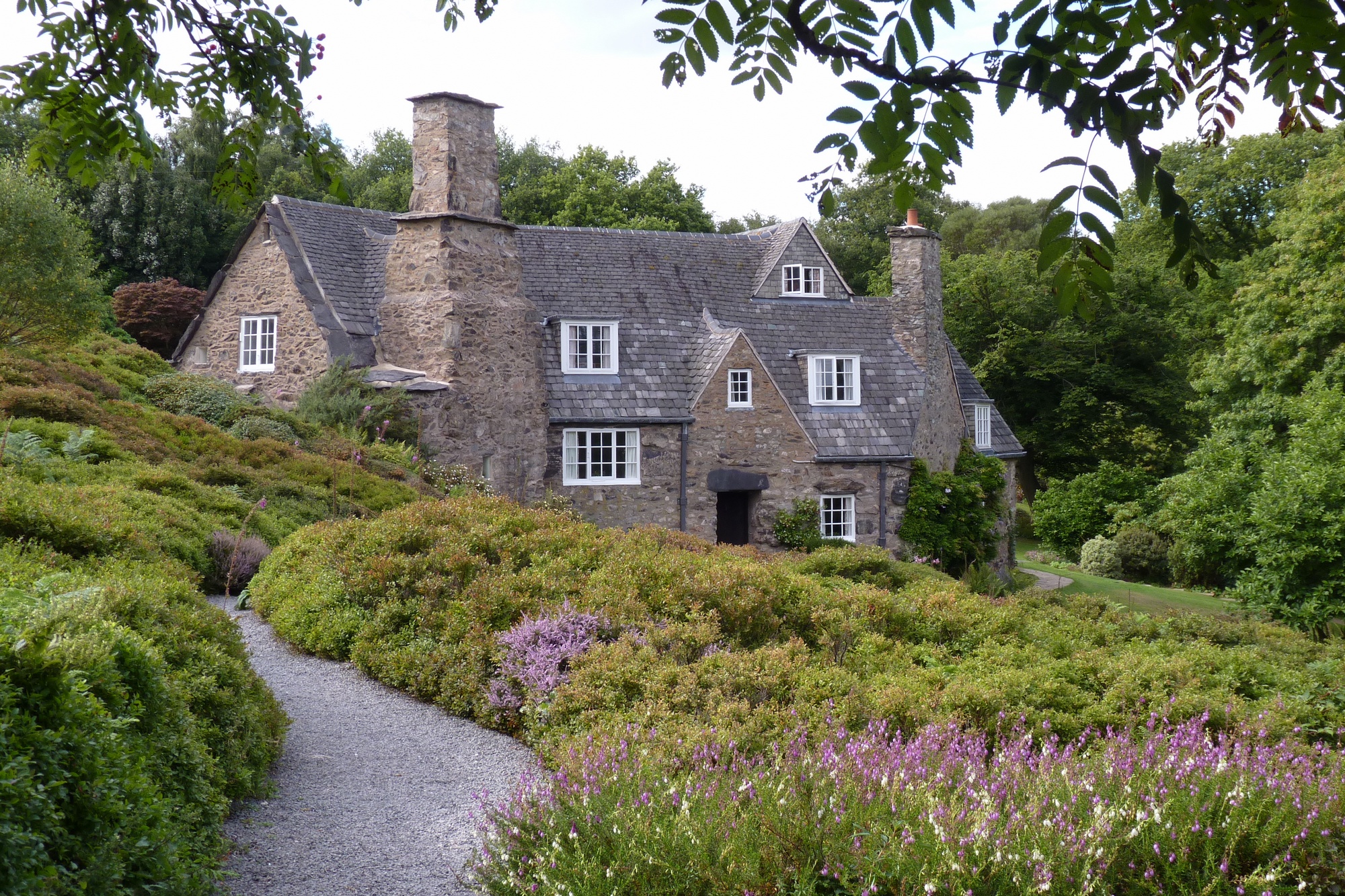Coalbourn Wood
Wood, Forest in Leicestershire Charnwood
England
Coalbourn Wood
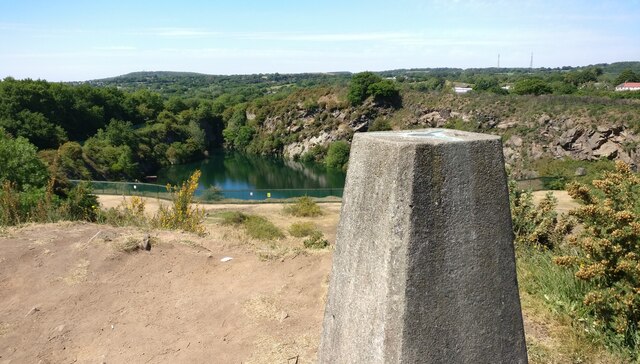
Coalbourn Wood is a picturesque forest located in Leicestershire, England. Covering an area of approximately 100 acres, it is a haven for nature enthusiasts and provides a peaceful retreat for visitors seeking tranquility away from the hustle and bustle of city life.
The wood is predominantly composed of broadleaf trees, including oak, ash, and beech, which create a dense canopy that provides shade and shelter for a variety of wildlife. The forest floor is covered in a thick layer of leaf litter, creating a rich habitat for numerous species of insects, small mammals, and birds.
A network of well-maintained footpaths winds its way through the wood, allowing visitors to explore its beauty and discover hidden gems along the way. These paths also provide opportunities for leisurely walks and hikes, making it a popular destination for both locals and tourists.
Coalbourn Wood boasts a diverse range of flora and fauna, with wildflowers such as bluebells and primroses adding splashes of color to the forest floor during the spring months. Birdwatchers can spot various species, including woodpeckers, owls, and songbirds, while lucky visitors may even catch a glimpse of elusive mammals such as badgers and foxes.
The wood is managed by the local council and is an important part of the area's natural heritage. It offers educational and recreational opportunities for visitors of all ages, with organized events such as guided walks and nature trails. Overall, Coalbourn Wood is a hidden gem in Leicestershire, offering a peaceful and immersive experience in the heart of nature.
If you have any feedback on the listing, please let us know in the comments section below.
Coalbourn Wood Images
Images are sourced within 2km of 52.70431/-1.2798097 or Grid Reference SK4812. Thanks to Geograph Open Source API. All images are credited.
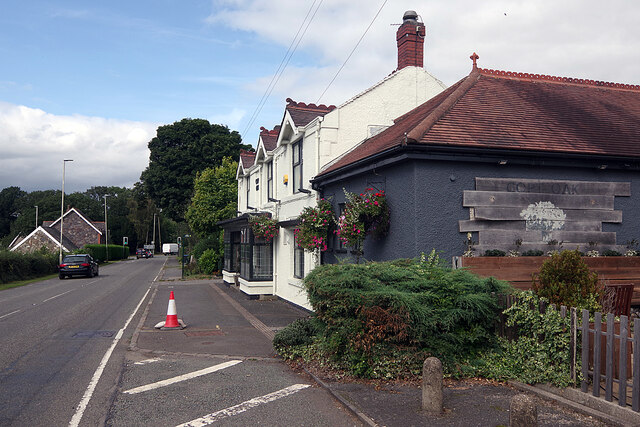

![Stoneywell [1] The cottage is seen from the garden.
Stoneywell is a cottage, located near the village of Markfield. Some 7 miles northwest of Leicester. Designed and built in the Arts and Crafts style in 1899 by Ernest Gimson, for his brother Sydney. Ernest Gimson was one of the most inspiring and influential architect-designers of the Arts and Crafts movement, which had the ideal of ‘Nothing should be made by man’s labour which is not worth making, or must be made by labour degrading to the makers.’ The cottage is now owned by the National Trust. Listed, grade II, with details at: <span class="nowrap"><a title="https://historicengland.org.uk/listing/the-list/list-entry/1361102" rel="nofollow ugc noopener" href="https://historicengland.org.uk/listing/the-list/list-entry/1361102">Link</a><img style="margin-left:2px;" alt="External link" title="External link - shift click to open in new window" src="https://s1.geograph.org.uk/img/external.png" width="10" height="10"/></span>](https://s1.geograph.org.uk/geophotos/07/26/60/7266029_0b80d81b.jpg)
![Stoneywell [2] The interior of the cottage.
Stoneywell is a cottage, located near the village of Markfield. Some 7 miles northwest of Leicester. Designed and built in the Arts and Crafts style in 1899 by Ernest Gimson, for his brother Sydney. Ernest Gimson was one of the most inspiring and influential architect-designers of the Arts and Crafts movement, which had the ideal of ‘Nothing should be made by man’s labour which is not worth making, or must be made by labour degrading to the makers.’ The cottage is now owned by the National Trust.](https://s2.geograph.org.uk/geophotos/07/26/60/7266030_403de446.jpg)
Coalbourn Wood is located at Grid Ref: SK4812 (Lat: 52.70431, Lng: -1.2798097)
Administrative County: Leicestershire
District: Charnwood
Police Authority: Leicestershire
What 3 Words
///delays.parked.love. Near Markfield, Leicestershire
Nearby Locations
Related Wikis
Ulverscroft Nature Reserve
Ulverscroft is a 56-hectare (140-acre) nature reserve north of Markfield in Leicestershire, England. It is managed by the Leicestershire and Rutland Wildlife...
Rocky Plantation
Rocky Plantation is a 3.4-hectare (8.4-acre) nature reserve north of Markfield in Leicestershire. It is owned by the National Trust and managed by the...
Ulverscroft Valley
Ulverscroft Valley is a 110.8 hectares (274 acres) biological Site of Special Scientific Interest north-west of Markfield in Leicestershire. The site is...
Ulverscroft
Ulverscroft is a civil parish in the Charnwood district of Leicestershire. It has a population of about 100. The population in 2011 is included in the...
Copt Oak
Copt Oak is a hamlet in Leicestershire, England. It is located in the North West Leicestershire district near the large village of Markfield and the rural...
Stoneywell
Stoneywell is a National Trust property in Ulverscroft, a dispersed settlement near Coalville in Charnwood Forest, Leicestershire. Stoneywell is the largest...
Altar Stones Nature Reserve
Altar Stones is a 3.7-hectare (9.1-acre) nature reserve in Markfield in Leicestershire. It is owned and managed by the Leicestershire and Rutland Wildlife...
Ulverscroft Priory
Ulverscroft Priory is a former hermitage and priory in Ulverscroft, Leicestershire. == History == The priory was founded by Robert de Beaumont, 2nd Earl...
Nearby Amenities
Located within 500m of 52.70431,-1.2798097Have you been to Coalbourn Wood?
Leave your review of Coalbourn Wood below (or comments, questions and feedback).
